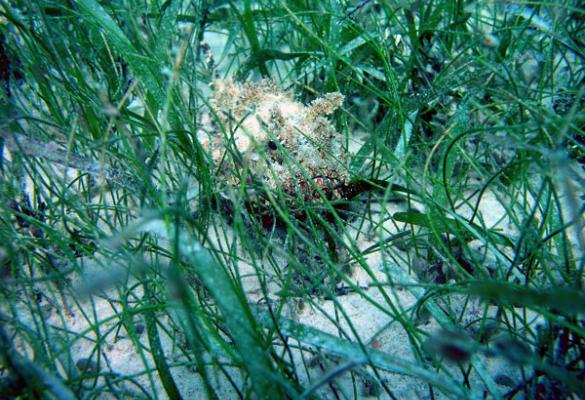Seagrass Restoration
Seagrasses are flowering plants that grow entirely underwater and form dense meadows in shallow areas (Reynolds 2018). Seagrass restoration refers to any activities that help return seagrass ecosystems to as close as possible to their state before anthropogenic disturbances (Paling et al. 2009). Seagrass restoration helps improve water quality, attenuates waves and is a source of blue carbon sequestration. A healthy seagrass ecosystem has positive spillover effects to adjacent coastal ecosystems such as coral reefs and beaches (Olander et al. 2021). Seagrass beds are widespread throughout the coastal waters of the United States. While the species of seagrass vary by region, US seagrasses span from the Alaskan coast to Caribbean Sea (Gumusay et al. 2019). Seagrass populations are declining as a result of coastal development, degraded water quality, and the impacts of climate change such as ocean acidification and rising ocean temperature (Waycott et al. 2009; UNEP 2023). Fortunately, steps can be taken to restore seagrass beds, including transplanting seagrass, seeding seagrass, and modifying sediment to induce seagrass growth (Olander et al. 2021).

Likely Benefits and Outcomes
This strategy is likely to achieve these project goals. Click to search for strategies with a similar benefit.
Related Green (natured-based) vs. Gray infrastructure
Explore opportunities to replace or supplement gray infrastructure with green infrastructure options.
